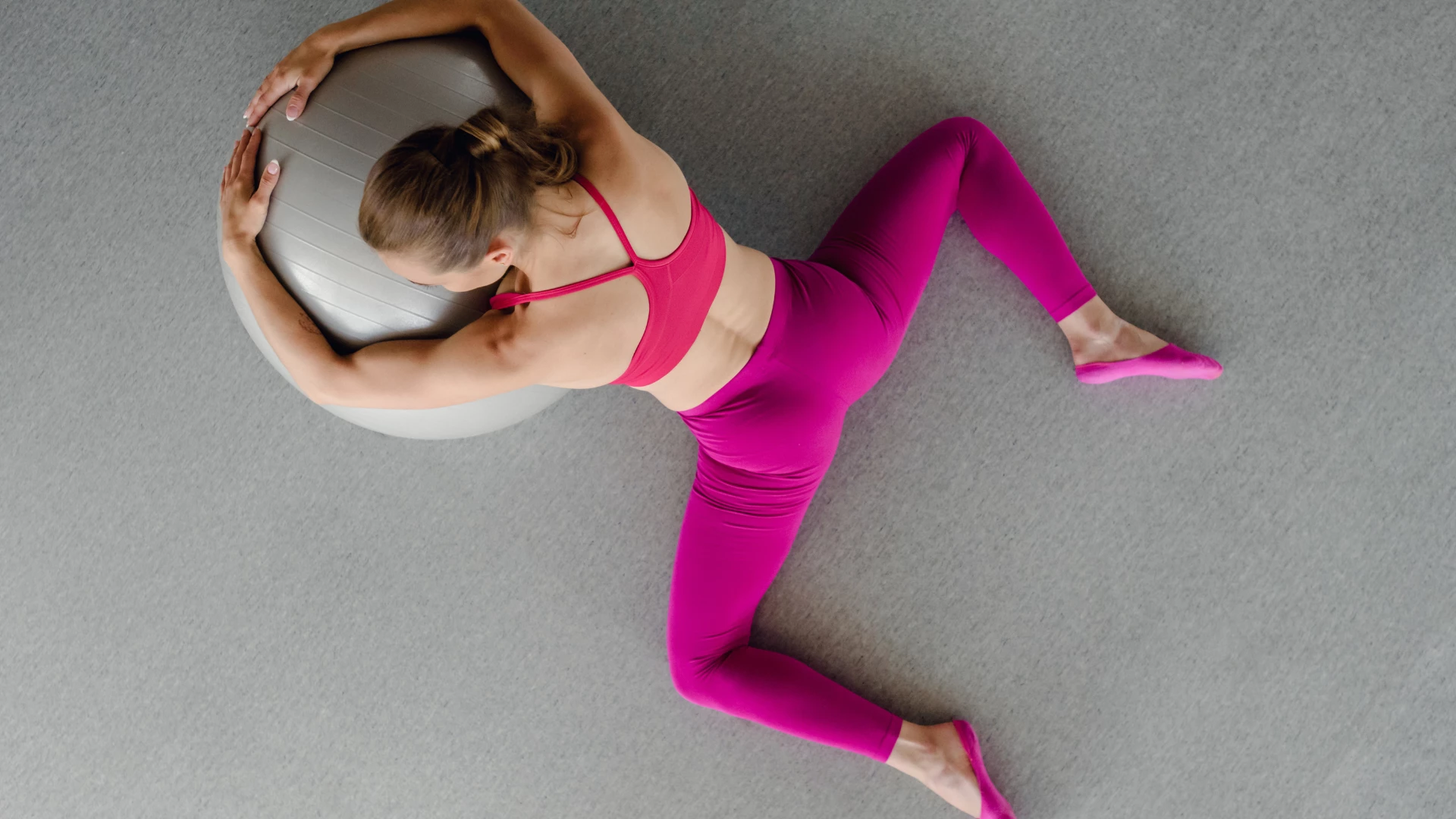Ribit! The Many Benefits of Frog Pose: A Step-by-Step Guide for Adding It to Your Yoga Practice

Article At A Glance
Adding Frog Pose to your yoga practice can net big benefits for the inner thigh and hip mobility and range of motion. It can also help ease lower back pain. Here’s how to practice Frog Pose.
Have you ever wanted to leap like a frog? Well, the yoga pose Mandukasana (Frog Pose) may not exactly prepare you for such lofty leaps, but there are plenty of other reasons to practice it. Included here is a complete Frog Pose guide.
Frog Pose is one of the yoga tradition’s older asanas. The classic 17-century Hatha Yoga text, Gheranda Samhita, lists it as one of yoga’s 32 most valuable asanas. Another common name for the pose is “Jumping Frog Pose” because it resembles the position of a frog about to jump.

Asana was traditionally practiced as a way to prepare the body for sitting meditation. There’s no doubt that Mandukasana can help mobilize the areas that allow us to sit comfortably in Easy Pose (Sukhasana) and perhaps even Lotus Pose (Padmasana). Frog Pose targets the adductors, groin area, and abdomen. It is an excellent pose for practitioners who want to increase their inner thigh flexibility.
Benefits of Adding Frog Pose to Your Practice
Frog Pose has many therapeutic benefits for the body, mind, and spirit. Here are some of the key benefits of this pose:
- Hip Flexibility: Frog Pose is a great way to increase hip joint flexibility and mobility. The pose stretches the hip joints, groin, and inner thighs, which can help alleviate tension and tightness in these areas.
- Digestive Health: Frog Pose puts gentle pressure on the abdominal organs, which can help promote healthy digestion.
- Stress Relief: Frog Pose can help relieve stress and tension in the body. The pose encourages deep breathing, which can help calm the mind and reduce anxiety.
- Improved Circulation: Frog Pose can help improve hip and leg circulation. The pose encourages blood flow to these areas, which can help reduce inflammation and promote healing.
- Core Strengthening: Frog Pose can help strengthen the core muscles, including the abdominals and lower back. The pose requires balance and stability, which can help improve overall core strength.
How to Practice Yoga’s Frog Pose
- Gather your props. For this step-by-step Frog Pose guide, you may want to have two folded blankets, a bolster, and two yoga blocks handy.
- Begin in Tabletop Pose (Bharmanasana) (above). Make sure your wrists are directly under your shoulders, and your knees are under your hips. Your fingers should be spread wide and pressed firmly into the ground.

- Spread your knees apart as wide as you comfortably can, keeping your feet together. Place a folded blanket under your knees for additional support.
- Slowly begin to shift your pelvis forward to lower your hips toward the ground, keeping your spine straight. You can rest your forearms on the ground or on two blocks for support. It can also be beneficial to rest your torso on a bolster.
- Hold the pose for 5 to 10 deep breaths.
- To release the pose, slowly lift your hips back up and bring your knees back together. Return to Tabletop Pose.

Getting Started: Tips for Practicing Frog Pose (Mandukasana)
Frog Pose is a great addition to any yoga practice, especially for those who want to improve their hip flexibility and overall balance. Here are some tips on how to incorporate this pose into your practice:
- Warm Up: Before attempting Frog Pose, it is important to warm up the body with some gentle stretches and movements. Try some Sun Salutations (Surya Namaskara) and especially standing poses such as Triangle Pose (Trikonasana), Wide-Legged Forward Bend Pose (Prasarita Padottanasana), and Warrior II Pose (Virabhadrasana II) to prepare your body.
- Use Props: If you are new to this Pose or have sensitive knees, it may be helpful to use props to support your body. Consider using a block or blanket under your knees for additional support. Also, placing a bolster under your torso can prevent overstretching.
- Hold the Pose: To get the most out of Frog Pose, hold the pose for at least 5 to 10 deep breaths. Focus on relaxing the hips and allowing them to open up gradually.
- Breathe deeply: As with any yoga pose, deep breathing is key to relaxing into the asana. Focus on breathing deeply and evenly as you hold the pose.
Cautions for Practicing: Contraindications for Mandukasana
Beneficial as it is, this pose may not be for everyone. Because the weight of your body is bearing down on an extreme stretch in your legs, it is easy to overstretch the inner thighs. Even if you are very flexible, proceed gradually and with care. Consider skipping the pose if you have any of these conditions:
- Back pain
- Sacroiliac (SI) joint dysfunction
- Second and third trimesters of pregnancy (the possible weight on your belly can be problematic)
- Knee pain
- Recent surgery of the chest, abdomen, hips, or knees
Can Frog Pose Improve Your Yoga Practice? Try it and See!
Frog Pose (Mandukasana) is an excellent yoga asana for increasing adductor and hip-joint flexibility. Follow these simple steps and incorporate this pose into your regular yoga practice. Then notice if you experience improved hip-joint flexibility, better digestion, stress relief, improved circulation, and/or stronger core muscles.
Also, read...
Teaching Svadhyaya: 3 Ways to Encourage Self-Study in Yoga
In Celebration of Gray-Haired Yoga – Busting the Myth of the Yoga Body
Related courses

Charlotte Bell began practicing yoga in 1982 and began teaching in 1986. She was certified by B.K.S. Iyengar in 1989 following a trip to Pune. In 1986, she began practicing Insight Meditation with her mentors Pujari and Abhilasha Keays. Her asana classes blend mindfulness with physical movement. Charlotte writes a column for Catalyst Magazine and serves as editor for Yoga U Online. She is the author of two books: Mindful Yoga, Mindful Life, and Yoga for Meditators, both published by Rodmell Press. She also edits Hugger Mugger Yoga Products’ blog and is a founding board member for GreenTREE Yoga, a non-profit that brings yoga to underserved populations. A lifelong musician, she plays oboe and English horn in the Salt Lake Symphony and the folk sextet Red Rock Rondo whose 2010 PBS music special won two Emmys.




